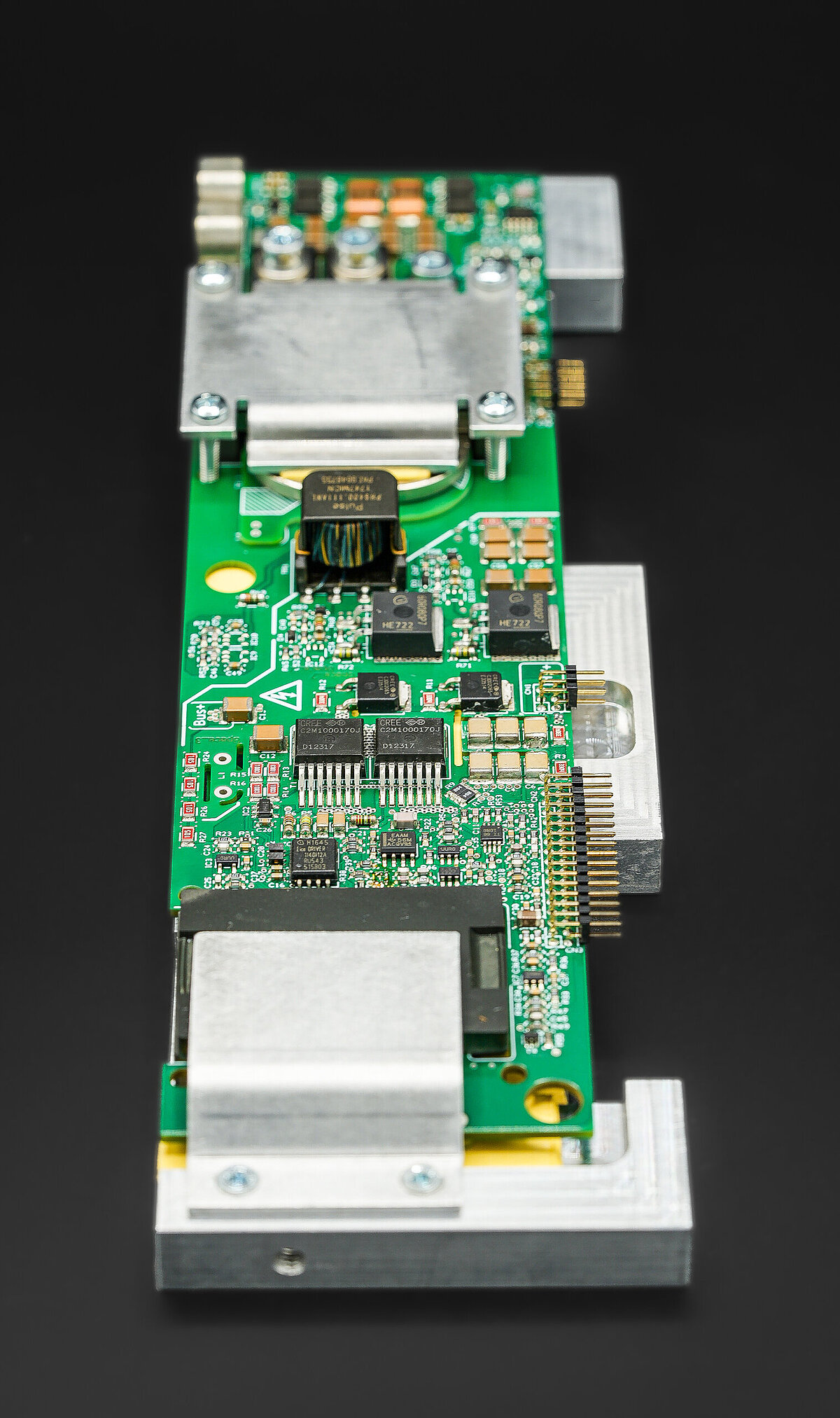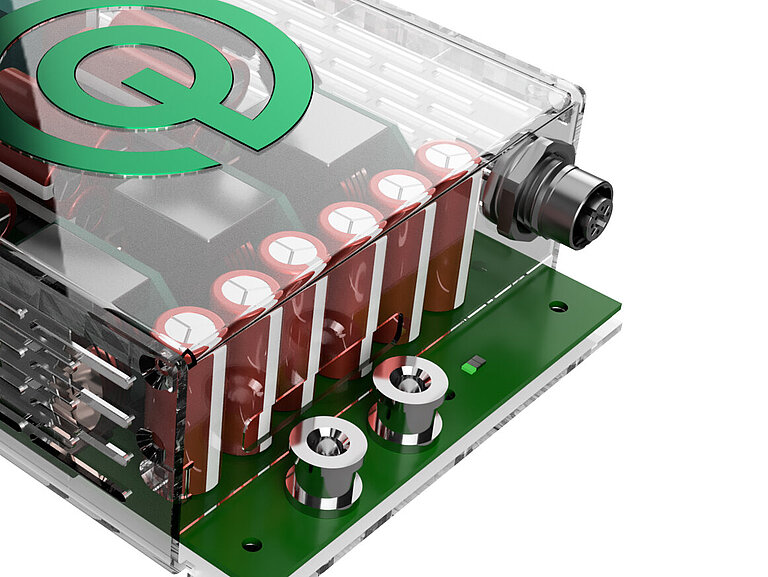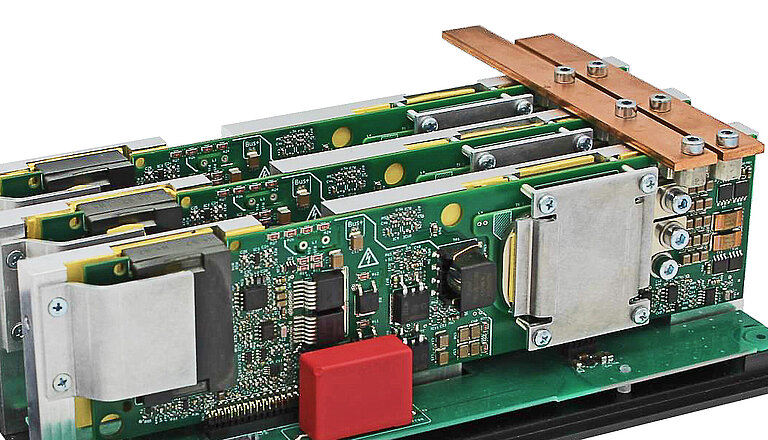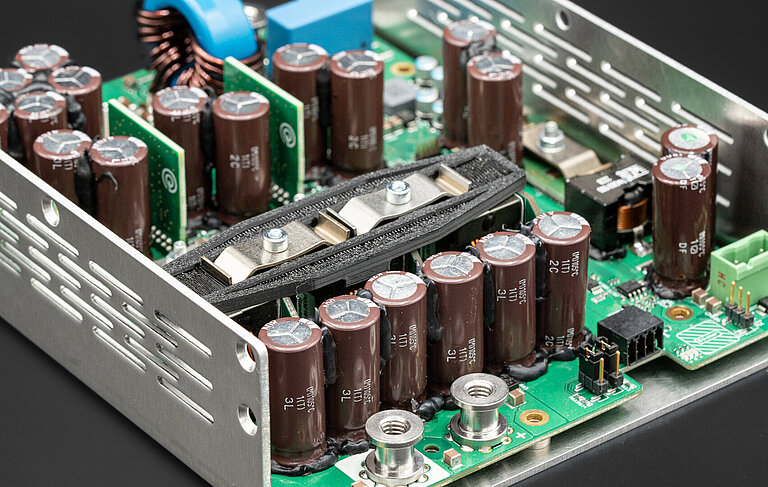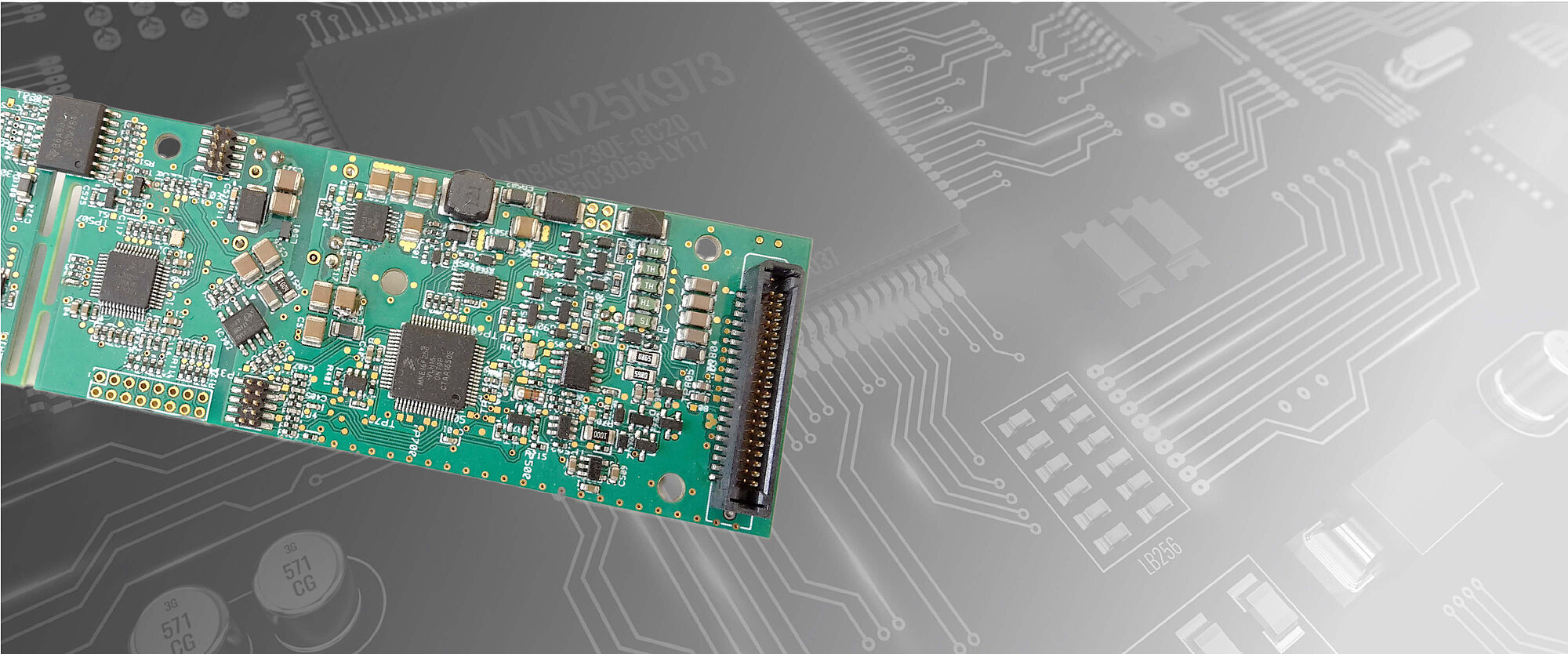The right charging technology plays a decisive role in maximizing the service life of battery packs and optimizing energy consumption.
Querom Elektronik, a leading supplier of charging technology and battery management systems, has extensive experience in this field and offers you gentle and effective charging processes for battery packs with voltages from 12 to 1000 VDC.
Areas of application for our charging technology
Various application areas with different requirements
CAN (Controller Area Network) is a serial bus system that was specially developed for communication between control units in vehicles. It enables reliable and fast communication between different components, such as engine control units, brake control units and other electronic systems in the vehicle. CAN is known for its robustness, as it is immune to interference and works well in environments with electromagnetic interference. It is widely used in the automotive industry, but also in other applications where reliable communication between different control units is required.
Ethernet is a widely used network protocol that was originally developed for computer networks. In the context of chargers and electric vehicles, Ethernet is often used for communication between different components, such as chargers and vehicles. Ethernet offers high data transfer rates and is suitable for transferring large amounts of data. Compared to CAN, Ethernet is more susceptible to electromagnetic interference, but it is more suitable when it comes to transmitting large amounts of data.
The interfaces form the communication interface used in electronics and vehicle technology.
CAN, Modbus, I2C or Ethernet interfaces are available as standard.
These interfaces enable the exchange of information between the charger and other components in the system, such as battery management systems or vehicle control systems. The choice of interface depends on the specific requirements of the application and the desired data transfer rates.

